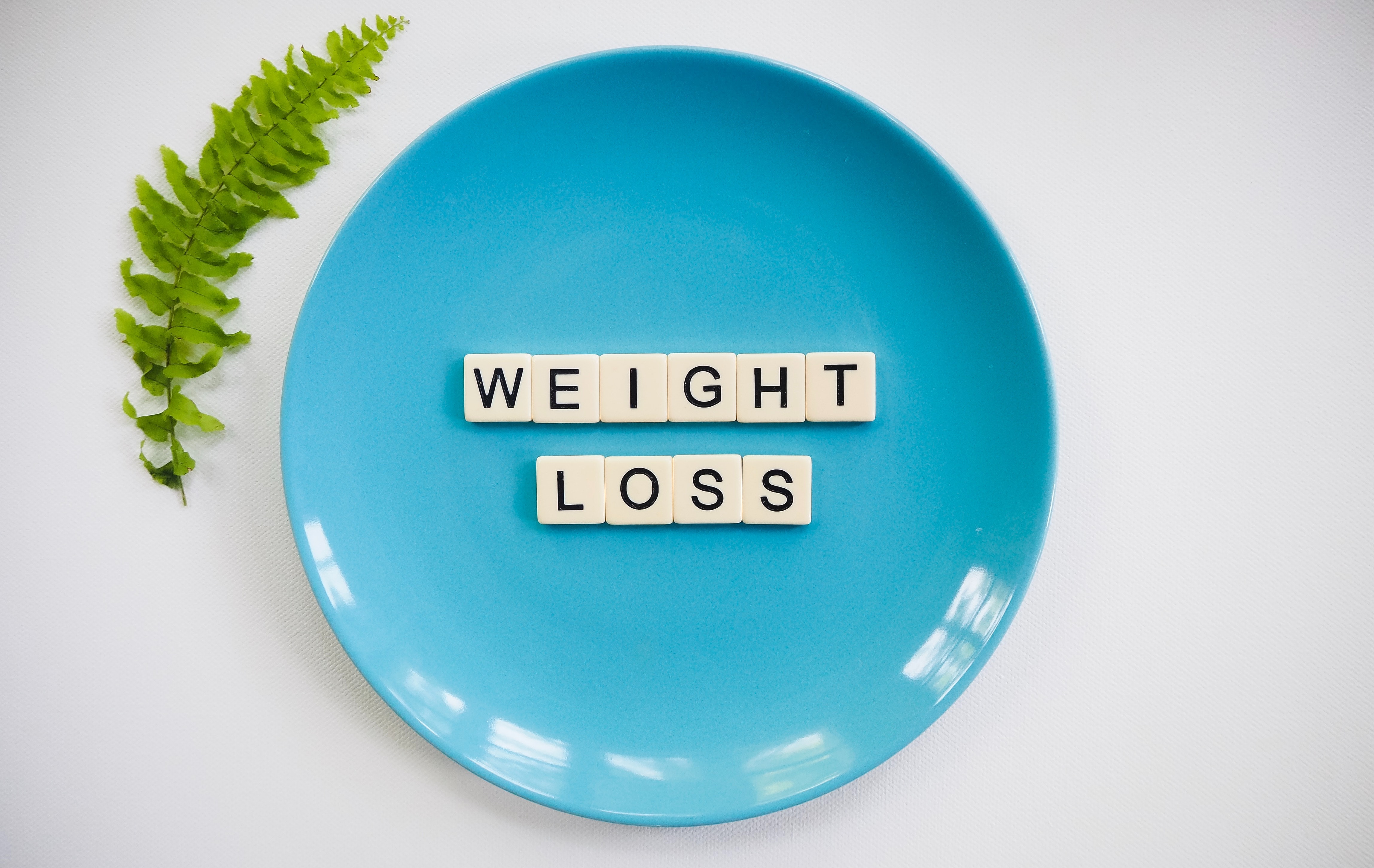![]()
Lots of fad diets pop up from time to time, claiming to be an easy way to shed pounds. The problem is fad diets are rarely based in science, and they fade with time, such as the famous 1977 “wine and eggs” diet from Vogue. Basically, the diet consisted of eating nothing but boiled eggs, black coffee, steak for dinner and lots of white wine — starving yourself plus getting the jitters.
Being a college student, I struggled with frequently visiting the gym. There was always a mountain of homework to overcome and plenty of other things to occupy my time, but I’d try my best to sneak in a high intensity interval training (HIIT) workout. During the summer, my frequent HIIT workouts helped me slim down a bit. I felt freer, healthier, alive and confident. Coming back to school, I gained some of my muffin top back and struggled to find a solution. That’s when I stumbled across intermittent fasting and raised my eyebrow. Surely, this was some fad diet or trend not based in science, not realistic and not going to work for me.
For me, it all began with a YouTube video titled “Intermittent Fasting TESTED — 30 Days Before & After” from a channel called the Goal Guys. The YouTuber in the video wanted to test intermittent fasting since it has become so popular. He tested the 16:8 version, which means 16 hours of fasting with an eight-hour window for eating. There are other types of intermittent fasting, but this is one of the most common versions that seems to also yield fast results. At the end of the thirty days, the YouTuber had lost six pounds and gained muscle mass. He was more toned, especially in his chest and arms, and that was after only 30 days of the 16:8 alongside exercise.
I was stunned after watching the video and begun doing some more research. I couldn’t believe it was thateasy — just fasting.
Turning the Scientific American, I learned about two studies done with 100 overweight women. One group held the 5:2 intermittent fasting (IF) method — any two days a week of eating only 500 calories and eating normal the other of the five days — while the other group cut their daily calories by 25%. The studies found that the two diets led to the same weight loss over three to six months; however, the IF followers had better blood sugar control and a greater reduction in body fat.
Additionally, a 2019 study “with 43 overweight people showed that alternate-day fasting improved the body’s response to insulin by more than twice as much as a typical calorie-cutting diet,” according to the Scientific American.
John Hopkins Medicine explains in its article “Intermittent Fasting: What Is It, and How Does It Work?”that it’s not always about what you eat but when you eat. The article features neuroscientist Mark Mattson, who has studied intermittent fasting for 25 years. According to him, “our bodies have evolved to be able to go without food for many hours, or even several days or longer. In prehistoric times, before humans learned to farm, they were hunters and gatherers who evolved to survive — and thrive — for long periods without eating. They had to: It took a lot of time and energy to hunt game and gather nuts and berries.”
According to Harvard Health Publishing, “IF makes intuitive sense.” Our bodies process food, specifically carbohydrates like sugars and refined grains, by breaking it down into sugars to be used for energy or else it gets stored into fat. The trick to weight loss is unlocking how to use that stored energy, the fat. The key just might be insulin. Insulin is a hormone made in the pancreas that is triggered every time food enters the body, bringing sugar into the far cells for storage. Thus, the less times you eat, the less insulin is triggered, the less sugar is stored into fat. “The entire idea of IF is to allow the insulin levels to go down far enough and for long enough that we burn off our fat,” according to Harvard Health Publishing.
After having done all this research, I decided I wanted to try it out for myself and conduct my own experiment. First, I had to pick a method of IF. The two approaches to IF are a daily fasting routine and a week-based one. Doctors don’t recommend longer periods or days of fasting since that can lead to starvation or even eating disorders. The point of fasting is not starvation; it’s a time schedule of when to eat. There’s a healthy balance to all of this, and a process of discipline.
I picked the 16:8 method since it would work best for my lifestyle as a busy college student. In fact, it would ease my routine since I set the eight-hour eating window to 12 p.m. – 8 p.m., meaning I didn’t have to worry about breakfast. For the experiment, I decided to try it for four weeks straight, a total of 28 days. I started on Feb. 20, and my last official day of the experiment was March 19.
When I began the experiment, I weighed approximately 140 pounds, and I’m 5 feet 4 inches. This means my BMI (body mass index) is 24.0, which classifies me as normal body weight but on the cusp of overweight, which begins at 25.0. My hope was to lose a few pounds and tone out, especially for the upcoming summer.
The first week wasn’t too bad. I knew going into it that the first two weeks were going to be the hardest with the hunger cravings, so I was prepared. I didn’t know, however, about the other symptoms with starting IF. I was fatigued and had some horrible headaches. I even took a couple COVID-19 tests to make sure my symptoms didn’t stem from the coronavirus. I looked up symptoms for IF, and, sure enough, that was it: headaches and fatigue. It was going to take time for my body to adjust to the new eating schedule, and by the start of the third week those symptoms went away.
However, problems started arriving in the third week, my birthday week. I was not planning or expecting my birthday to be so disruptive, but sometimes life is like that. On a few nights, I celebrated late with coworkers, friends and boyfriend, enjoying cake and pizza rolls past my eating window. To make matters worse, during this whole process, I was not being very strict with the 16:8 rule with one thing: coffee. I knew you could drink water and black coffee during the fasting time, so I figured an iced latte wouldn’t be a big deal. As it turns out, it isn’t exactly fasting if you’re consuming sugary, caffeinated calorie-filled beverages.
Despite drinking iced coffees in the morning, before my birthday week I was noticing some weight loss. Things changed after the birthday weekend. My late-night celebratory eating was definitely having an effect. My final week of IF was full of travel, which didn’t help matters either. I ended up gaining a couple pounds by the time I returned home, the end of my IF. My heart sank and my stomach turned yet I wasn’t surprised. I had failed my own experiment: I ate outside my fasting window and consumed a lot of junk food over my week of travels.
On the bright side, however, I did learn something through the botched 28-day experiment. I realized the 16:8 window didn’t terribly disrupt my college lifestyle and worked for me, so long as I kept diligent. I now know I can’t have a morning latte. I’ve found a zero-calorie vitamin drink instead for the mornings. Also, I know more exercise would be helpful in using my body’s calories what’s stored in the fat. Plus, exercise is just good for you!
During the process of IF, I gained a deeper appreciation for the foods I ate, as I only ate lunch and dinner. I became very choosey about what I wanted to eat and was eating healthier. I had robust salads of kale, spinach, cabbage, and lots of vegetables. I had eggs, fruit smoothies and fish. It was an enjoyable process for me, something I plan to continue.
While it was disheartening to realize I failed my own experiment, I am glad I tried it out for four weeks. Now I have a better understanding of my strengths, weaknesses, and a desire to do better, especially since I was seeing results before utterly ruining it. I’ve already begun my new experiment for IF, as of March 27, and I plan to continue it for 12 weeks. With 12 weeks, I’ll have more time to see how the IF has affected me.
At the end of the day, though, my reasons for losing a few pounds are about feeling confident, happy, healthy, energetic, and loving life. Realistically, it takes effort to gain that kind of lifestyle. It takes discipline, self-acceptance, and action to reach one’s goals. While IF sounds too good to be true and isn’t a replacement for seeing the gym, it may prove to be a good way to reach one’s goals safely and healthily — I guess I’ll have to find out!





